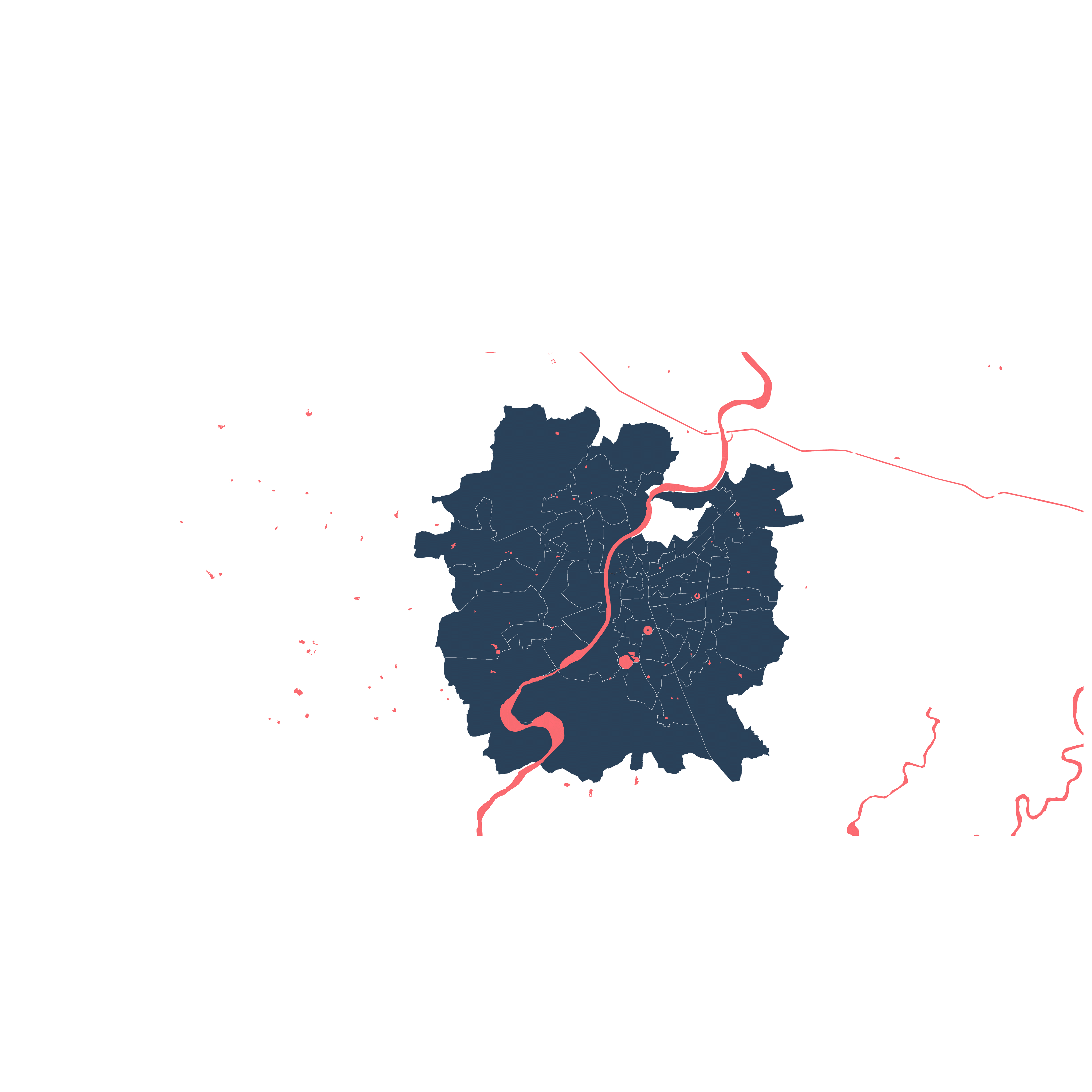Simultaneous Stories So Far...
Urban Assemblies: the vacancy Phenomenon
Greenbelt of Ahmedabad
Planning process byproduct

Story so far
Shock Absorbers | nitya patel

Situation
Greenbelt was made as part of a paradigm shift in order to control urban sprawl in the early 1930s. The lack of policies for protecting the greenbelt, inconsistent policy framework which is always under amendments as per the need of the time and ongoing compensation battles, and erratic decisions into the invaluable vacancy across the city.
It acted as a temporary market, pasture, playground, parking, storage and also a place for anything that is not needed in the city, ironically both people and things. These vacancies provide an opportunity for a place of abode for the communities who have no choice elsewhere.
Position
Shock Absorbers as an invaluable resource
Greenbelt failed as a mechanism at a planning level but it gave rise to uncertain, loosely held spaces due to contestations and ownership conflicts that are invaluable land resources as vacancies. This failure unfolded lands that act as shock absorbers for the city where the city could not take pressures of housing problems, open green spaces which was the intent of greenbelt and day to day activities like being a playground, home for animals, as a guide to driving lessons, a storage facility for construction equipment and so on. The absence of these spaces will result in the loss of multiplicity that these activities brought together and the city will need to develop infrastructure to provide for such activities to take place elsewhere.
Accommodating the excluded
These vacancies are under a threat of ongoing development highly exclusionary, rigid and overly determining. The non-normative spaces are being replaced by normative spaces. The nature of these developments as a public space is quite linear and inclusive of only a few sections of the society. These non-normative spaces have reflected the stories of people who have been using them for decades, gradually becoming a part of their identities. These vacant lots are sites where the regulations are loose, and they often become places that are claimed by the marginalized communities or result in marginalized spaces.
Multiplicity counters Capitalism
These faces are being lost to the faceless development that is taking place over these vacant lands. These faceless visions are of those who can already afford them. Capitalism has given rise to the ‘crisis of abundance’ of such spaces that has resulted in the luxury of choice of normative spaces. Moreover, the public spaces owned by the state too offer a certain degree of exclusivity. Since most of them are gated and charge nominal fees, they exhibit the authority’s dire need to protect these gardens from a section of the very people for whom they are made. We need to stop creating a singular, clean set of identities but to celebrate its multiplicity. “When things are made clear and defined, we forget”, Walter Hood. This holds true to the development that is coming up in these vacant lands.
Intent
“Great things can happen when we exist in each other’s world” - Walter Hood
Transient character empowers the idea of adaptability
Given that the new development is inevitable, how can we create an open system through which vacant spaces can demonstrate/exhibit as an alternative to faceless and gated public spaces?
A place that is transient and allows ‘conflict and dissonance’ for its growth can result in a place in the constant making - a dynamic form.
'Public' made 'Visible’
We need to capture these characteristics of vacancies that offer alternative urban commons in the city reflecting its multiplicity before it's taken over by faceless developments. Let them be democratic public spaces! - not in the legal sense, but as a tactile experience. Let us be empathetic where different sections of society can coexist and learn and interact with each other. Let us make visible, the invisible people and their living stories, through these public spaces.
The intervention in these spaces needs to be minimal which does not alter the nature of publicness and maintains the openness and uncertainty of the vacant lands. The need not be imposing but rather allows these multiplicities to exist and lets the identity of people who use them unfold.
“Cities have the capability of providing something for everybody, only because and only when they are created by and for everybody.” - Jane Jacobs
.jpg)





